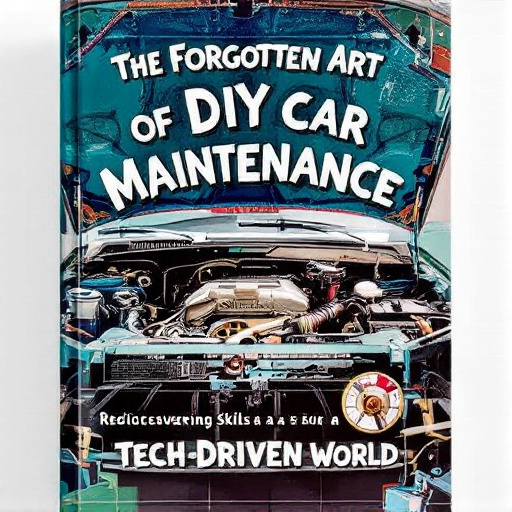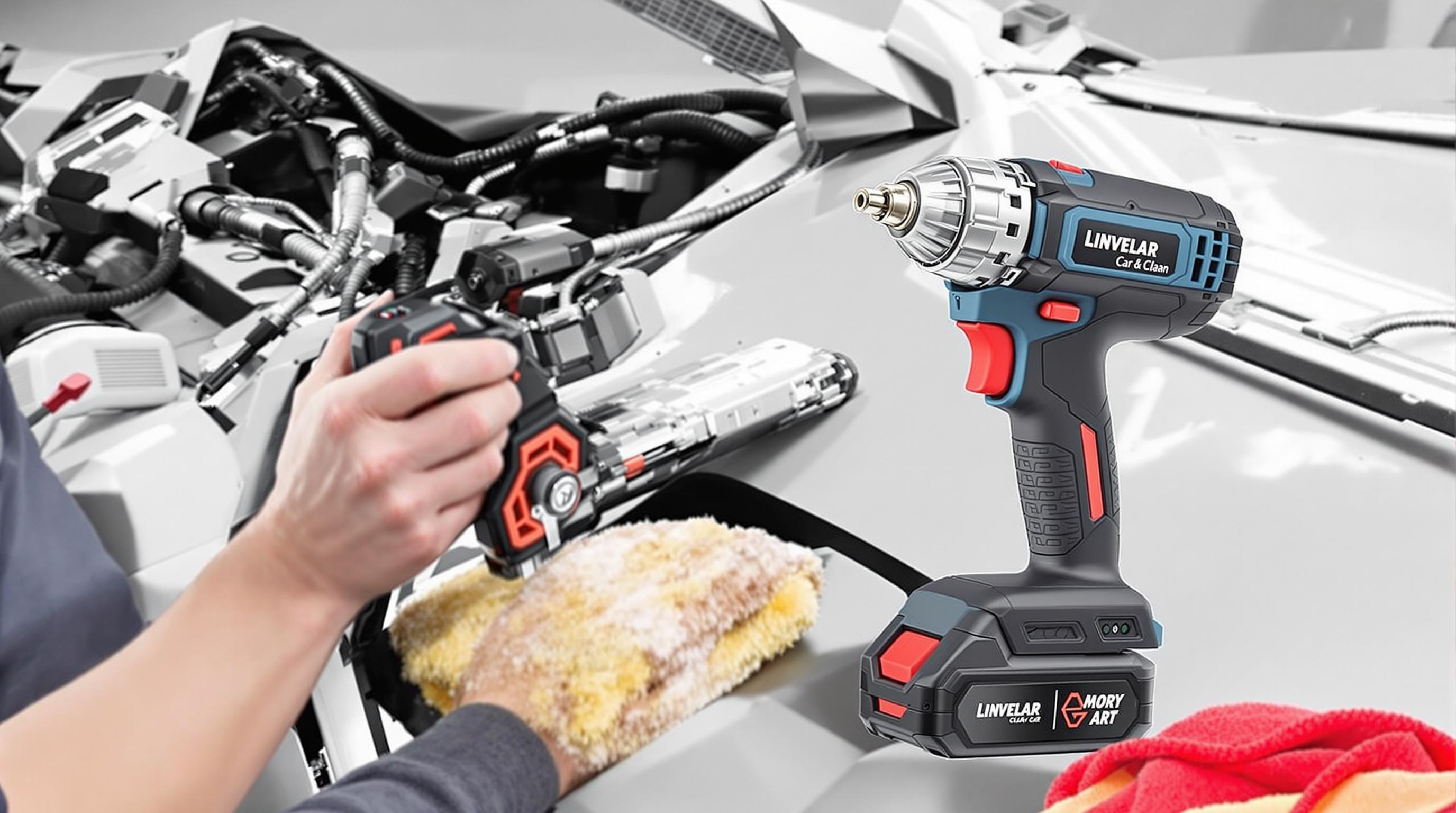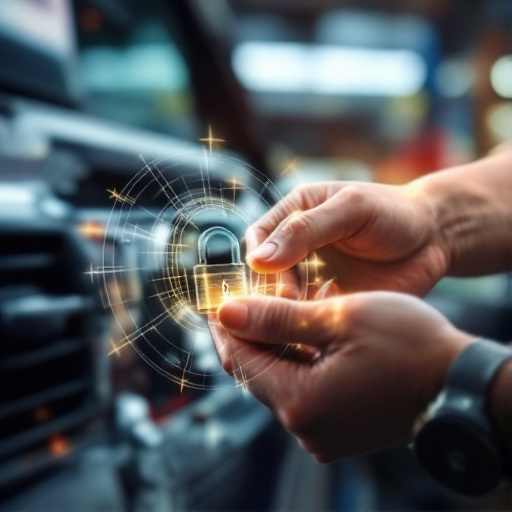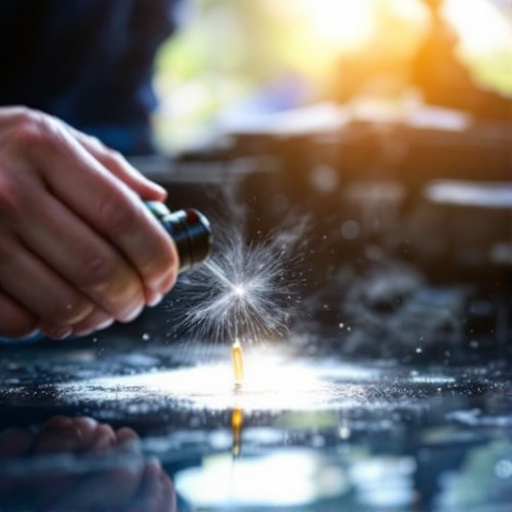Related Articles
- Charged Up! How Electric Vehicles are Reshaping Urban Wildlife Habitats and Biodiversity
- Navigating the Used Car Market: Uncovering the Secrets of 'As-Is' Sales for Savvy Buyers
- The Rise of Electric Car Pop-up Shops: A New Frontier for Urban Retail Experiences
- The Forgotten Art of DIY Car Maintenance: Rediscovering Skills in a Tech-Driven World
- Electric vs. Vintage: The Battle for Enthusiasts' Hearts in the Age of Latest Car Models
- The Rise of the 'Car Review Influencer': How Social Media is Shaping Auto Buying Decisions
The Forgotten Art of DIY Car Maintenance: Rediscovering Skills in a Tech-Driven World
The Forgotten Art of DIY Car Maintenance: Rediscovering Skills in a Tech-Driven World
The skill of DIY car maintenance is often overshadowed by advanced automotive technology but remains a vital and rewarding practice. This article reexamines the importance of these techniques in today’s world, blending storytelling, statistics, and humor to inspire a new generation to roll up their sleeves and take charge of their vehicles.
Rewind to Simpler Times
Imagine a world where car owners tinkered with their vehicles in their driveways, a place filled with the smell of motor oil and the sound of tools clanking together. Picture grandparents teaching their grandchildren how to change oil, replace spark plugs, or even fix a flat tire. This was the norm until the age of technology arrived, bringing with it the complexity of modern vehicles. According to a 2021 survey from the Automotive Service Association, nearly 70% of American car owners do not perform any DIY maintenance on their vehicles, leaving many unaware of the basic workings of their car.
The Rise of Complexity
The introduction of advanced computer systems, sensors, and turbocharged engines has transformed the humble automobile into a tech marvel. Today’s cars can diagnose themselves with built-in software and advanced monitoring sensors. Yet, with complexity comes a barrier to entry; many DIY enthusiasts feel inadequate facing a vehicle’s digital dashboard rather than a mechanical engine.
This shift has conditioned many to believe that understanding their vehicle is out of reach, when in reality, many skills can be relearned.
The Statistics Speak
Consider this sobering statistic: the average cost of car repairs is about $400 annually(AAA, 2020). This figure can feel overwhelming, especially for those on tight budgets, and many rely on local mechanics, often resulting in bills that can exceed $1,000 for simple repairs. Reviving basic maintenance skills could not only save money but instill confidence in your abilities as a car owner.
Taking the Plunge: Start Small
For those looking to step into the world of DIY car maintenance, it’s important to start small. Tasks such as changing wiper blades, checking tire pressure, or replacing air filters are approachable for beginners and lays the groundwork for more complex projects later on. YouTube is filled with DIY enthusiasts who have shared step-by-step videos, making it easier than ever to learn.
A brilliant YouTuber, ChrisFix, has a channel dedicated to teaching viewers about car maintenance, demonstrating everything from washing a car to fixing the brakes: a thumbs-up for the underdogs of car care!
Unplugging for Insight
Don’t underestimate the value of unplugging from your gadgets to engage more hands-on with your vehicle and learn. For instance, working on your car helps younger generations to develop skills that can be beneficial later in life. An 18-year-old may not yet see the relevance of such knowledge, but understanding the basic mechanics of a vehicle can provide a sense of accomplishment and independence.
Prioritizing Safety
While DIY maintenance is empowering, safety must always come first. Always wear gloves, goggles, and appropriate clothing while working; simple precautions can help prevent accidents that could occur due to splashes of oil or unexpected tool slips. Investing in a few essential tools like a jack stands, tire iron, and basic wrenches can also provide a safer working environment.
The Value of Mechanical Literacy
In our fast-paced society, mechanical illiteracy can be stifling. Understanding your car’s basic components—like the ignition system, fuel injectors, and cooling system—serves as a fundamental skill that transcends the need for immediate reliance on technology. The National Highway Traffic Safety Administration reports that drivers who regularly check their own brakes and fluids are less likely to experience severe mechanical failures during their commutes.
Community and Connection
Now let’s delve into the social aspect of car maintenance. DIY car maintenance can serve as a powerful connector between individuals. Picture neighborhood workshops where people gather to share their automotive wisdom, swapping tips and tools while sipping on cold lemonade: it’s less about fixing cars and more about building a community and fostering friendships, all while learning from one another.
Additionally, local auto parts stores often host workshops to help DIY enthusiasts, lending a fostering hand in navigating this journey. It’s like community yoga, only instead of downward dog, you’re working to replace brake pads!
Finding Your Tribe
Online forums and social media groups are a fantastic way to dive deeper into DIY car maintenance. Websites like Reddit and Facebook have countless groups dedicated to sharing tips and solving problems together. Sending a post can reap benefits, resulting in advice from hundreds of fellow DIYers ready to help—with some sprinkle of strong memes to lighten the mood!
DIY vs. Professional Mechanics
While DIY maintenance is a fantastic way to develop skills and save money, it’s essential to know when to bow to the professionals. Expertise comes with experience; certain situations—like adjusting the timing belt on a car—require a trained mechanic’s knowledge.
For instance, an anecdote from my own life recalls the time I tried to change my brake pads. I successfully installed them, only to realize—or rather hear—an awkward, grating noise after the fact. Cue the mortified phone call to my local mechanic... who, after a chuckle, said, “It’s all part of the learning curve!”
The Future of Car Maintenance
With the shift towards electric vehicles (EVs) and autonomous technology, car maintenance will continue to evolve. Yet the unforgettable lessons of DIY maintenance won’t disappear—they’ll adapt. As hybrid technologies develop, basic maintenance skills are anticipated to become just as crucial; even EVs have batteries that require periodic checks and replacements, which opens yet another realm of knowledge. According to the International Energy Agency, the global number of electric cars expected to be on the road could reach 145 million by 2030, bringing along a new wave of DIY repair opportunities.
The Call to Action
If you’ve read this far, it’s clear that the art of DIY car maintenance deserves a revival. This is not merely about saving money; it’s about empowerment, knowledge, and a little bit of fun. Begin with small projects, seek out resources online and in your community, and find joy in the learning process.
Let’s foster a generation that knows their vehicles inside and out, savors the satisfaction of a job well done, and embraces the old-school wisdom of car care.
Concluding Thoughts
So the next time your check engine light flickers on, before rushing to the mechanic, take a deep breath and consider whether you might just handle it yourself. Remember, the forgotten art of DIY car maintenance is waiting for you to discover it all over again. How cool would it be to tell friends you saved $300 by changing your own oil? Now that’s a serious bragging right. Plus, think of the stories you’ll accumulate along the way!




